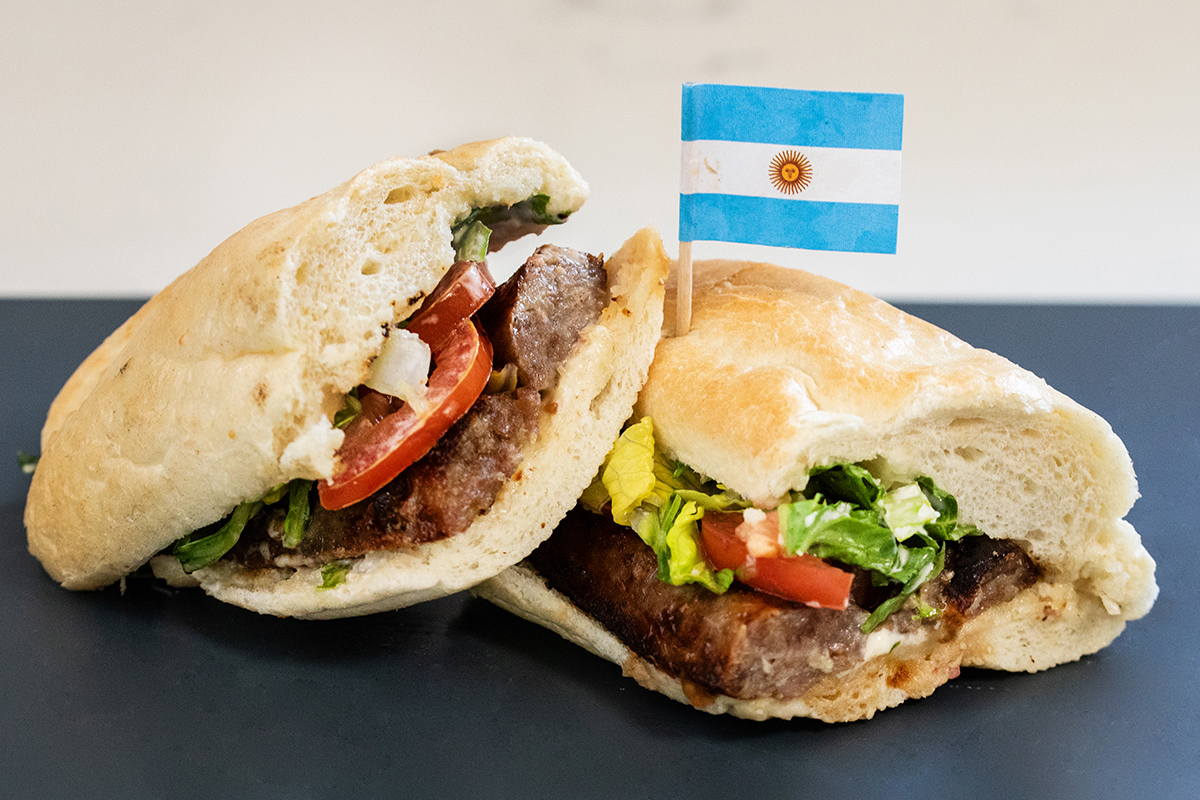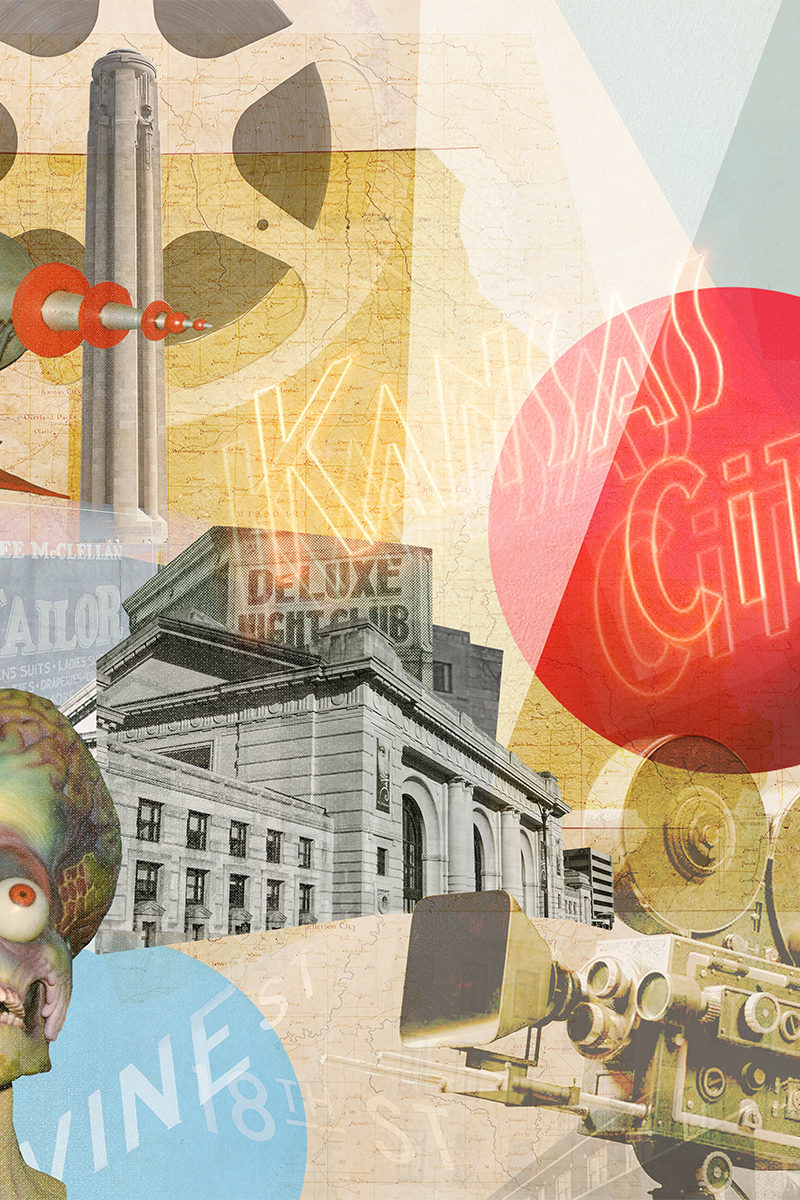Last year was bloody in Kansas City—the bloodiest year ever, in fact.
By mid-October, the city had surpassed its previous all-time record for homicides, and by our press deadline in the middle of December, there had been one hundred and seventy people killed within the city limits, mostly by gunfire.
It may get worse before it gets better, according to Ken Novak, longtime professor of criminology at the University of Missouri-Kansas City.
Novak mostly studies policing in America, but soaring violent crime rates have meant that the agencies he works with, including the Kansas City Police Department, the Bureau of Alcohol, Tobacco, Firearms and Explosives, and the U.S. Attorney’s office, have been consumed with curbing gun violence.
“Kansas City has historically had higher violent crime rates than other cities,” he says. “When you work with the police as much as I do, at some point the focus is going to turn to violent crime because that drives so much of the conversation.”
The conversation too often turns to what Novak sees as a dead-end approach.
“The knee-jerk reaction is to get tough on crime,” he says. “People think we have so much crime because we don’t arrest enough people, the right people, they don’t get punished enough, and there’s no disincentive. I don’t buy that. For decades, the political landscape has run on the ‘Get Tough’ movement.”
The research shows the ‘Get Tough’ approach doesn’t work, though, according to Novak. Rather than increasing the penalties for crime, the country would be better off focusing on increasing the likelihood of getting caught.
“The research shows that a little bit of punishment can go a long way,” he says. “You don’t need to punish with severity, but you do need to hold people accountable with certainty. The problem is that most of the initiatives we have [are focused on severity]—we just change the sentencing guidelines and give people more time once they’re convicted, right? What we don’t do as well is increase the certainty of being punished. If you can increase the certainty of being punished, you don’t have to punish that hard.”
To support that, Novak offers what he concedes is a “pretty lame analogy” involving lower-tier criminality.
“Red light cameras are a really good example,” he says. “If I see a red light camera and I run the light, I know a ticket is coming. It could be a fifteen dollar ticket. It doesn’t have to be severe punishment, but I know it’s coming. And because I know it’s coming, I am more likely to change my behavior. Now, if there is a one-in-five-hundred chance I’m going to get a ticket, that ticket could be two-hundred dollars, but I’m probably not going to get caught so it really doesn’t matter.”
Kansas City spoke with Novak about the city’s recent surge in violent crime and why he has some hope that things could turn around starting this month.
Why did Kansas City have such a bloody year last year?
The trend in gun-related violence has been going up since 2015. Kansas City was already on an upward trajectory when it came to homicides and gun violence when 2020 hit. And 2020 was just 2020, right? Let’s just be honest. The pandemic really did influence a lot of behavior. A lot of times, gun violence in particular comes from stress and strain that we have—and a lot of violence is impulsive and reactionary in nature. The pandemic, along with unemployment and all the uncertainties of 2020, really caused that much more strain among the general population, which includes people prone to violence. Homicides and non-fatal shootings went up after the pandemic hit largely because of all the stress and strain, and we saw that not just in Kansas City but throughout the country.
At the same time, you’ve got the George Floyd incident, which cannot be ignored. What George Floyd demonstrated was a general distrust between the community and the police across the country. And when you have that distrust, citizens are less likely to call the police if a crime occurs and they’re less cooperative with the police or prosecutors as witnesses or victims. When they see the criminal justice system as not being fair or impartial, they are more likely to take matters into their own hands. So I think both those things contributed significantly to the trends we saw in 2020.
Why does KC historically have this issue? Even before this year, our homicide rates were consistently above what you see in other similar-sized cities.
There is no one reason—it’s such a complicated question. But among the reasons I would include the incredibly lax and toothless gun laws in Missouri. We have absolutely no idea how many guns there are in circulation in this country, but we know that generally in states that have weak gun laws, guns are more accessible. When guns are more accessible, you’re more likely to see gun-related crime because you’re adding in that ingredient to a volatile situation or argument. A lot of violence is impulsive, and the presence of a firearm makes it more likely to be fatal.
That’s something people may not understand. We all have a tendency to assume there’s meaning and rational thought that goes into homicides, but what you’re saying is, to a degree that might make people even more uncomfortable, a lot of it is chance—the wrong person, on the wrong day, with the wrong thing in their glove box.
We could go on and on about the rational criminal. Are these behaviors people engage in truly rational? When everybody else around me has a gun, carrying a gun myself is a pretty rational decision. It would be dangerous to characterize people who commit gun crimes as being crazy and irrational. A lot of their decisions to even arm themselves are very rational because they have a very legitimate reason to be afraid. Now, bad decisions are made impulsively. When you have the accessibility of guns that we do in Missouri, you’re more likely to have [a shooting]. Those bad circumstances happen in Portland [Oregon, a city of similar size to KC with only a quarter as many murders]. I’m just guessing that fewer people are armed at the time, which means you have a lower likelihood of things just getting out of control and somebody making an impulsive, rash decision that can’t be taken back.
So what can be done to get guns out of people’s hands in Kansas City?
Nothing easy. I don’t see more restrictive gun laws coming anytime soon, and even if they did there would be a lag effect because the guns are already in circulation. So we need to be thinking about the next generation, to be honest with you. Gun violence—and the way people see gun violence—has momentum. If this is part of the culture that we have grown up in, and frankly have become a little bit accustomed to, it doesn’t seem as crazy as it does to somebody coming from the Pacific Northwest because this is all we know.
Do you think if we were to anonymously poll Kansas City police they would say, “Please, get the guns off the streets?” Do you talk to local police officers who arrest someone they know should not have a gun but gets to keep it?
Absolutely. There was a change in the gun laws in 2017 that made it more difficult to take a gun off a person unless they have some sort of explicit restriction, like felon in possession or documented mental illness. I know from talking to cops and prosecutors that that law handcuffed their ability to do things, so I believe that’s absolutely true. Police would like fewer guns on the street. But not their guns. “I want to keep my guns,” both on a personal and professional level.
I’ve heard it said—and I’ve also heard it disputed—that a large number of the shootings in KC are committed by a small number of people. So, is it true?
I do believe that’s true. The research has demonstrated, both here and in other cities, that a small proportion of the population is responsible for a disproportionate amount of crime, and that would include shootings. It’s not uncommon for a single handgun, or a single person, to be involved in multiple shootings, either as a victim or a suspect. Very often gun violence is not only spontaneous but also retaliatory. So today’s shooting victim becomes tomorrow’s shooting suspect, or vice versa.
So does it eventually peter out as those involved in the shootings are killed or incarcerated? Or does it keep replenishing and spiraling up?
I think it keeps replenishing. I don’t believe that we’re talking about a population that is finite. We found this with gang research: The common wisdom was that when you find a gang, you eliminate the person at the top of the food chain, and if you take that person and put them in prison, it not only sends a message to other people but also dismantles the gang because that kingpin is no longer there. Well, what we’ve learned is that removing an influential person within a gang very often creates a power vacuum. So the reason the gang exists—whatever that reason may be—doesn’t just go away because one person goes away. It creates a power vacuum where there is more violence as others compete to assert dominance. Even if we could somehow accurately identify that chronic small percentage of people, simply removing them would not eliminate the problem to the extent common sense would suggest.
As we go into 2021, is there anything that gives you hope?
The thing that would give me hope is if we realize that we have to bridge the racial divide that exists between the police and the public. In a post-George Floyd world, that means making sure that racial inequalities within all city services—but particularly within the police—are, if not the top priority, then among the small group of priorities. That does not mean we’ll achieve racial equality and be totally homogenous next year. But you’ve got to start somewhere, and you’ve got to stop the bleeding somewhere. None of the things that Mayor Quinton Lucas and others want to do can be done until that is done. So if there’s a reason for optimism, maybe, if we’re being completely honest, a change in presidential administrations will be one way to cool the narrative. Specifically, trying to bridge that gap and recognize that people of color experience the criminal justice system and crime more than others and giving that more than lip service has got to be job number one.







